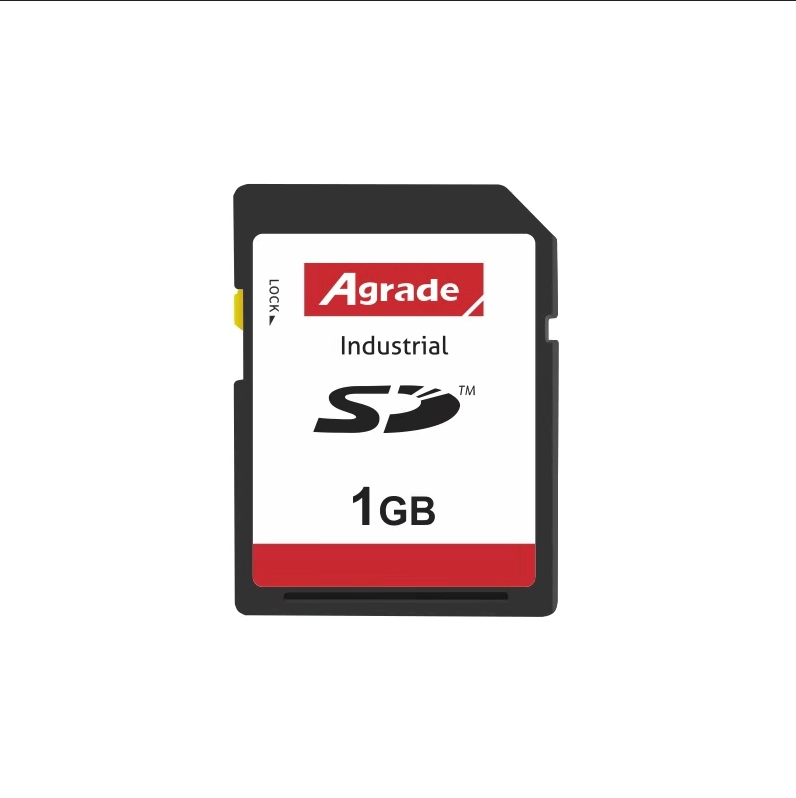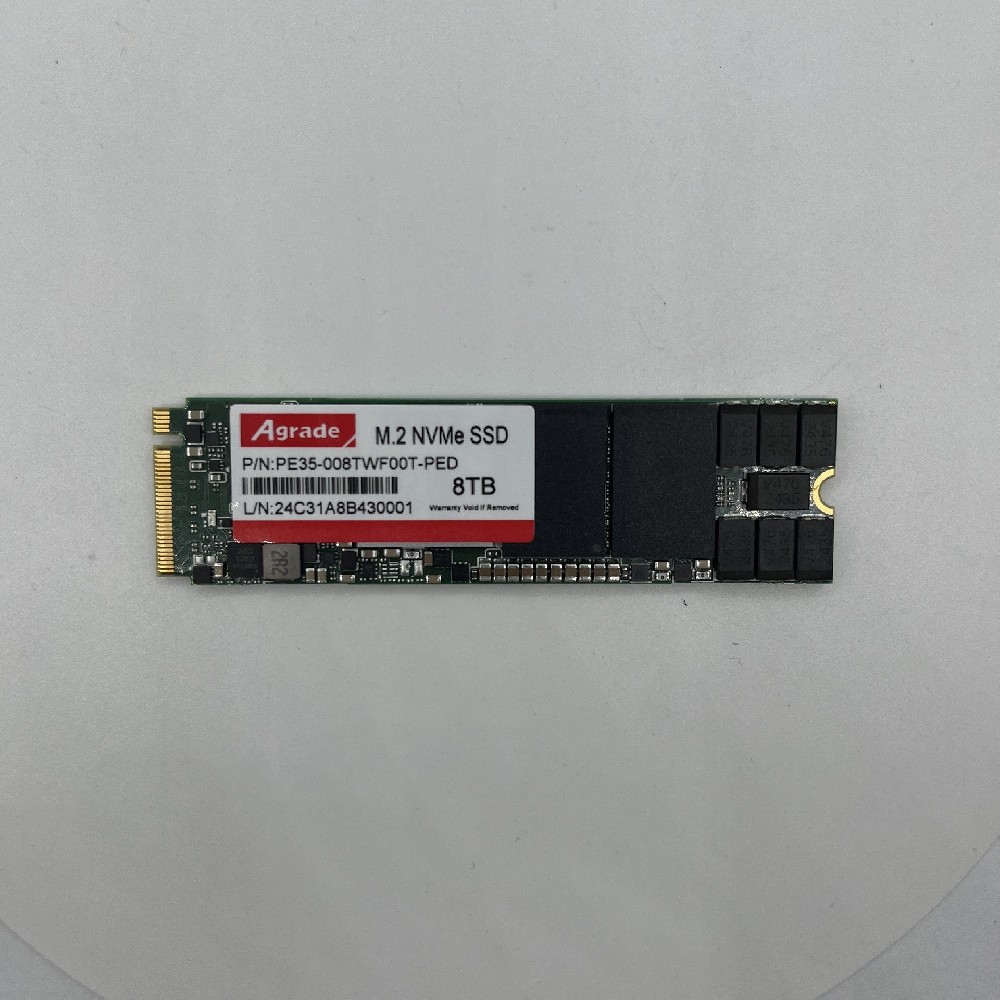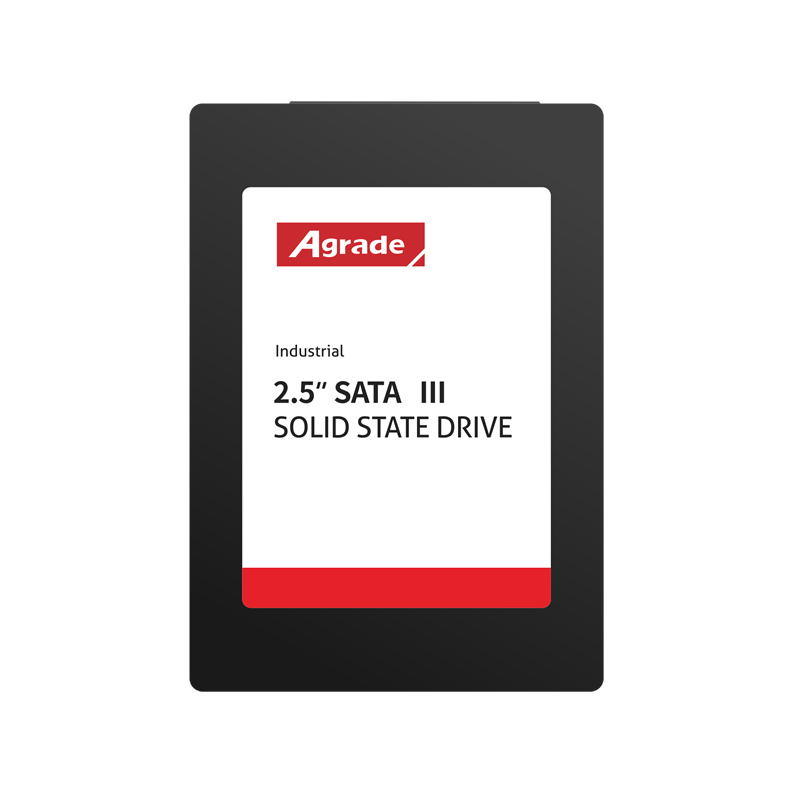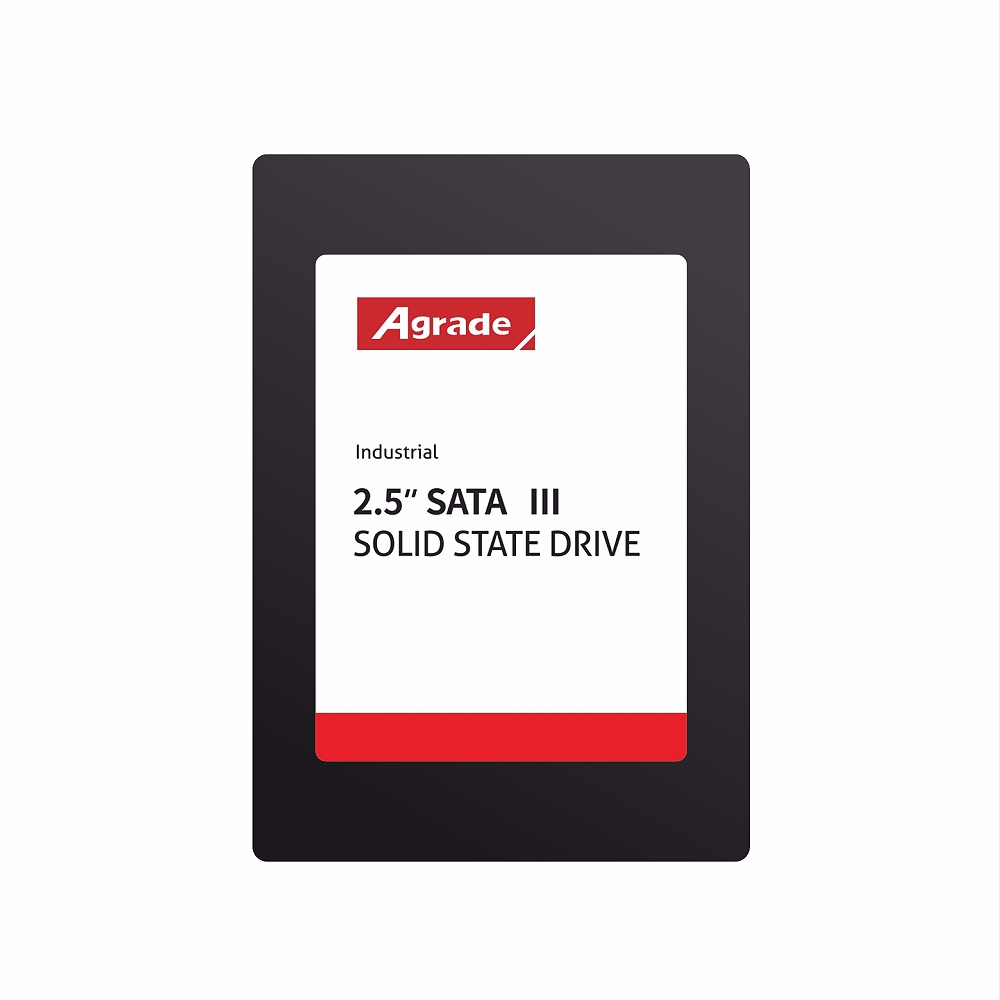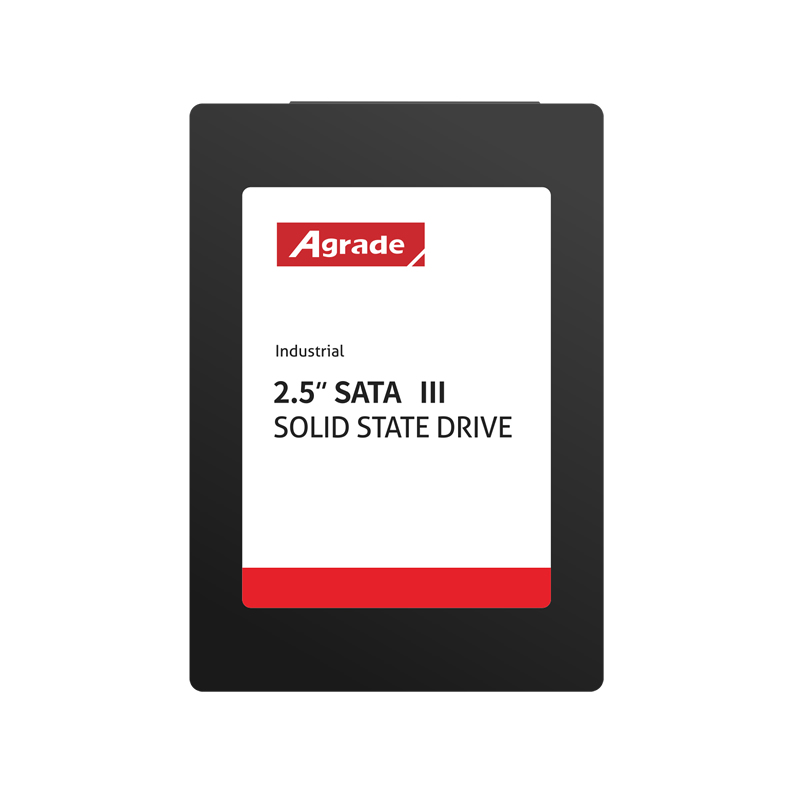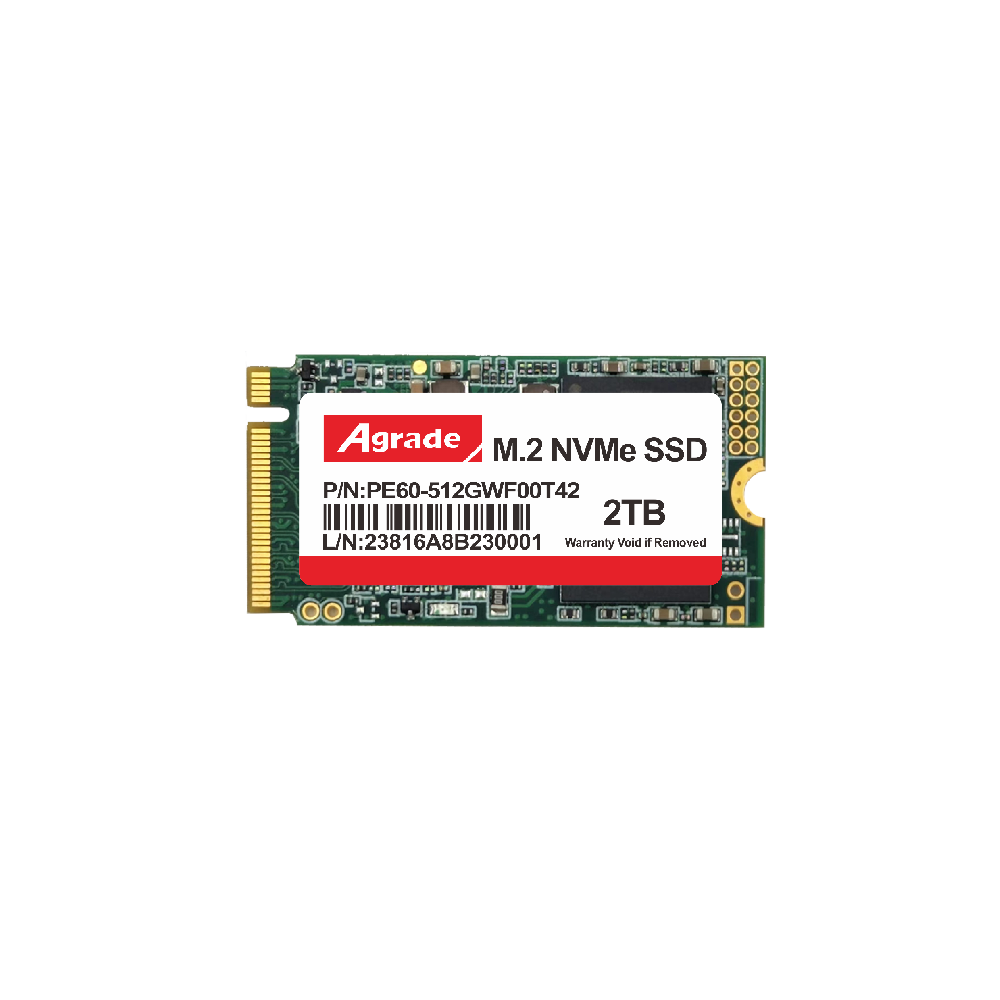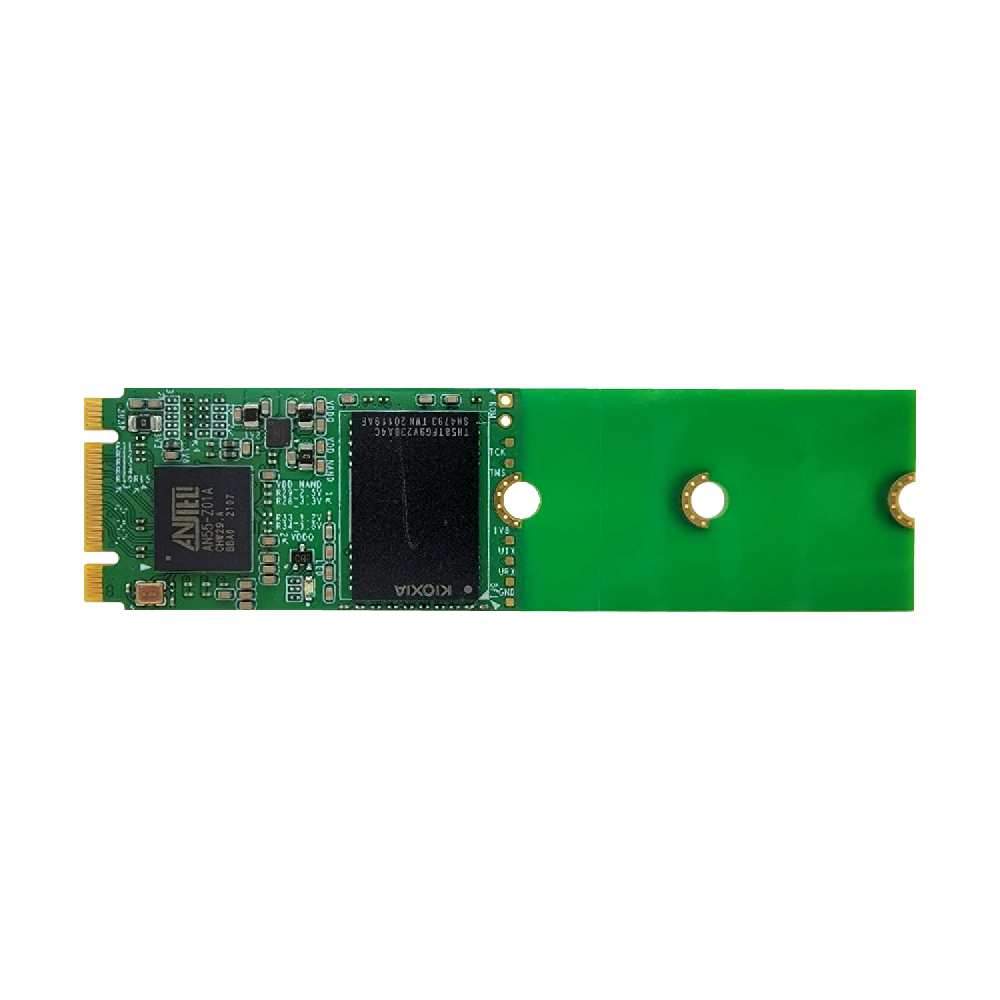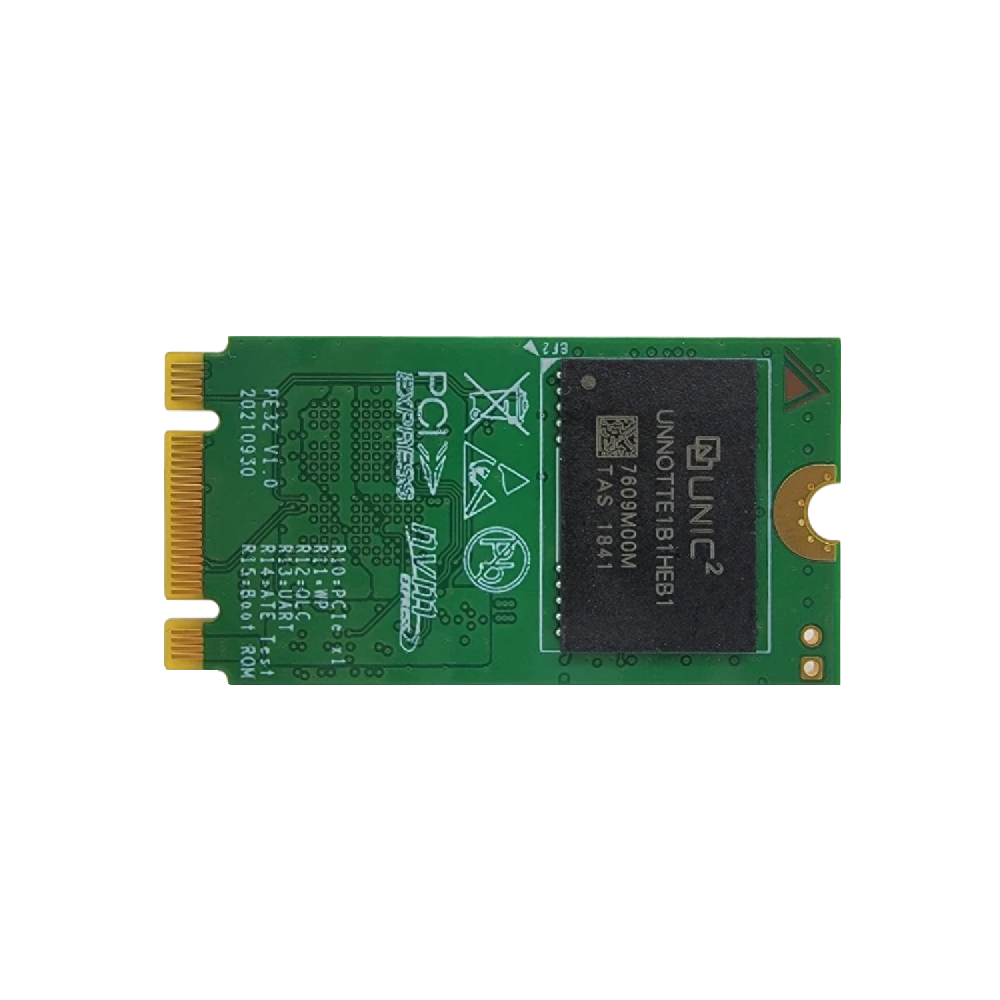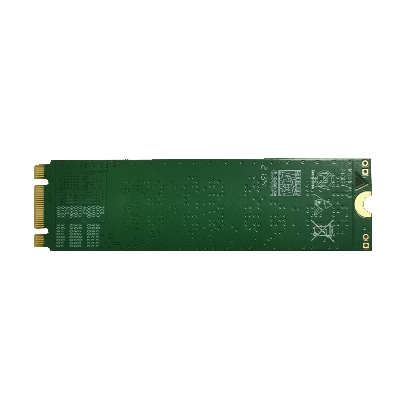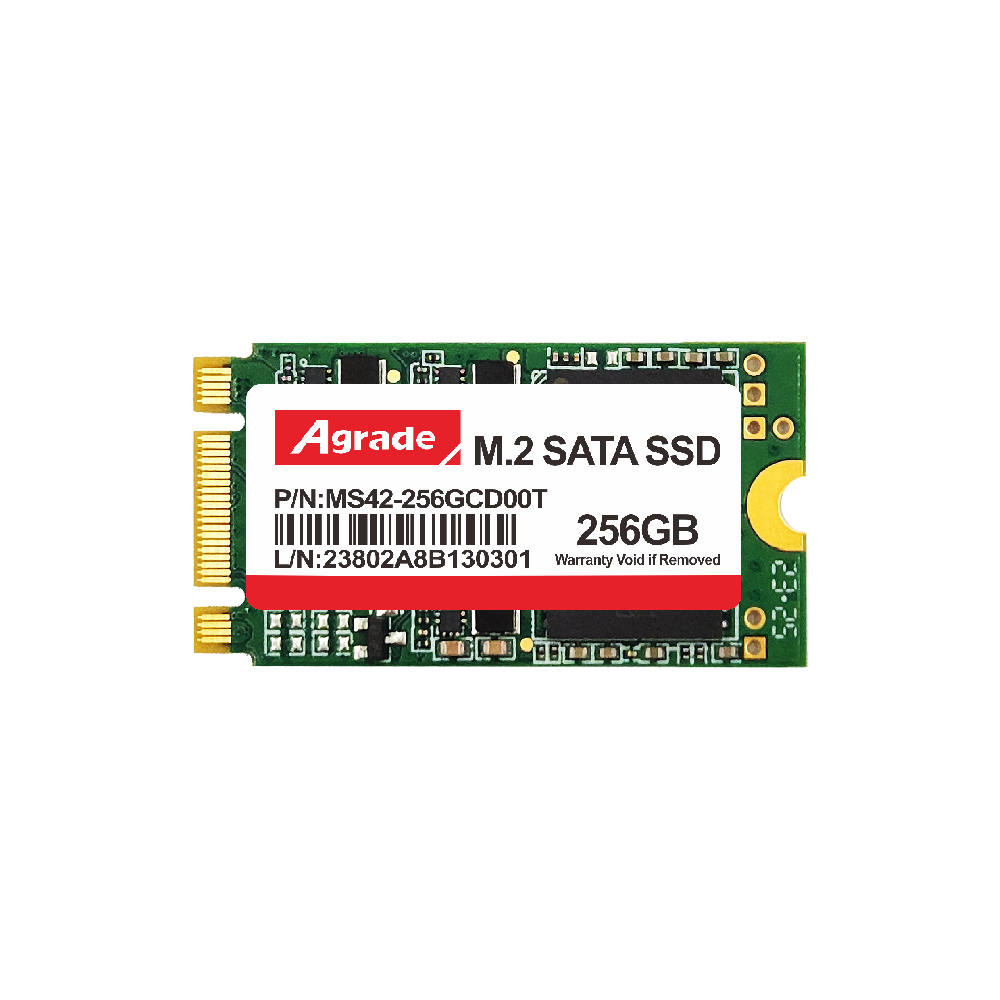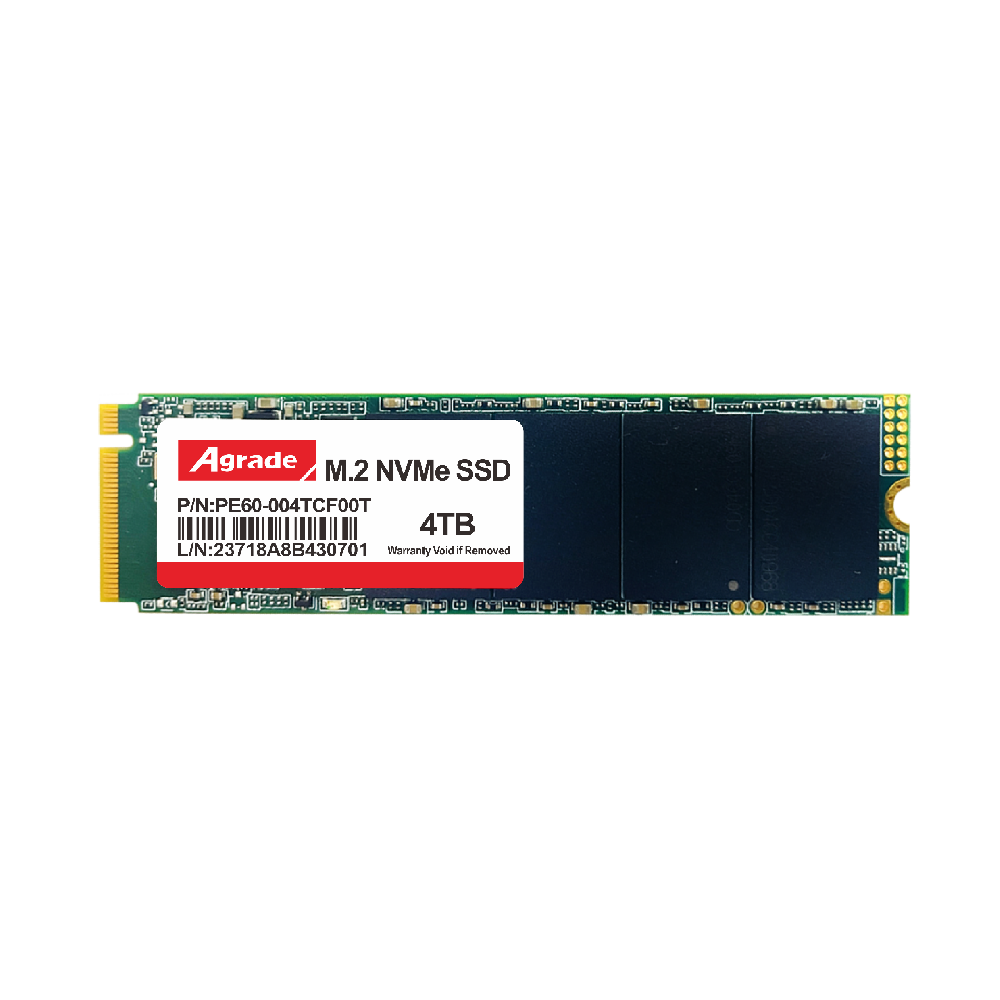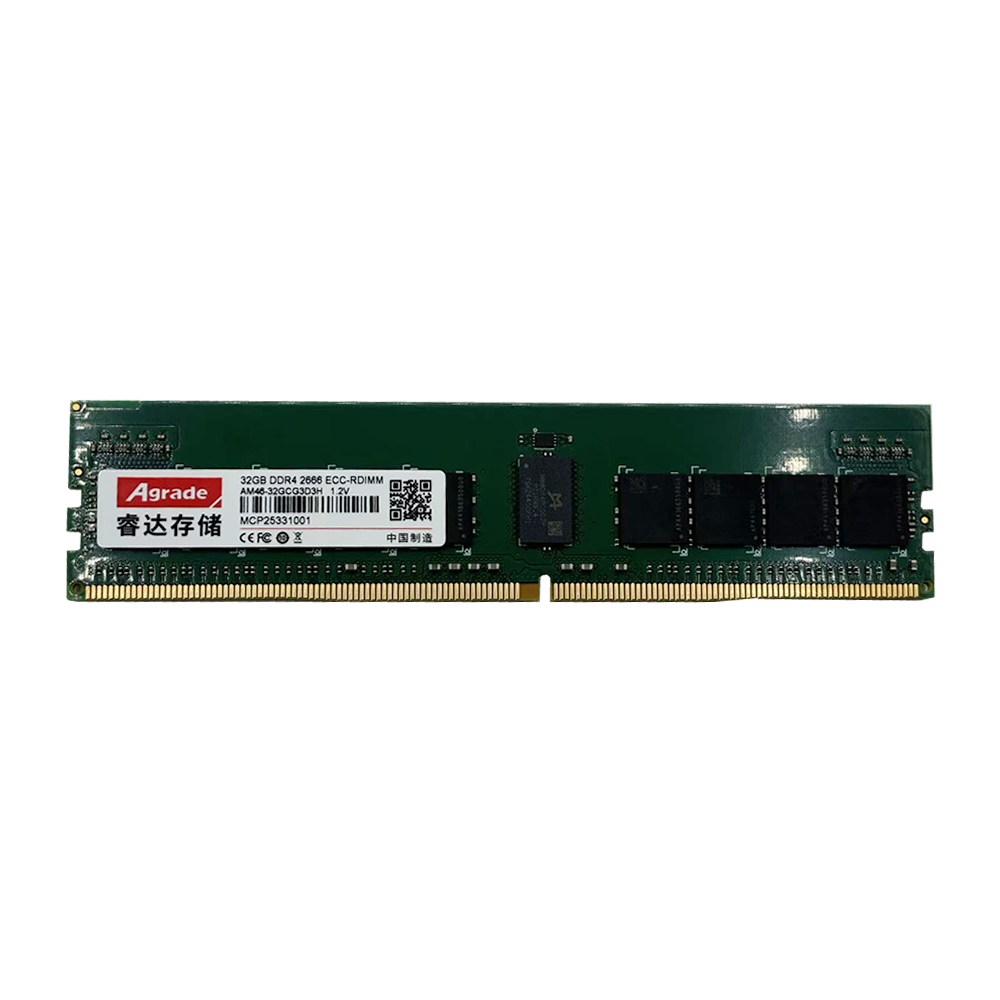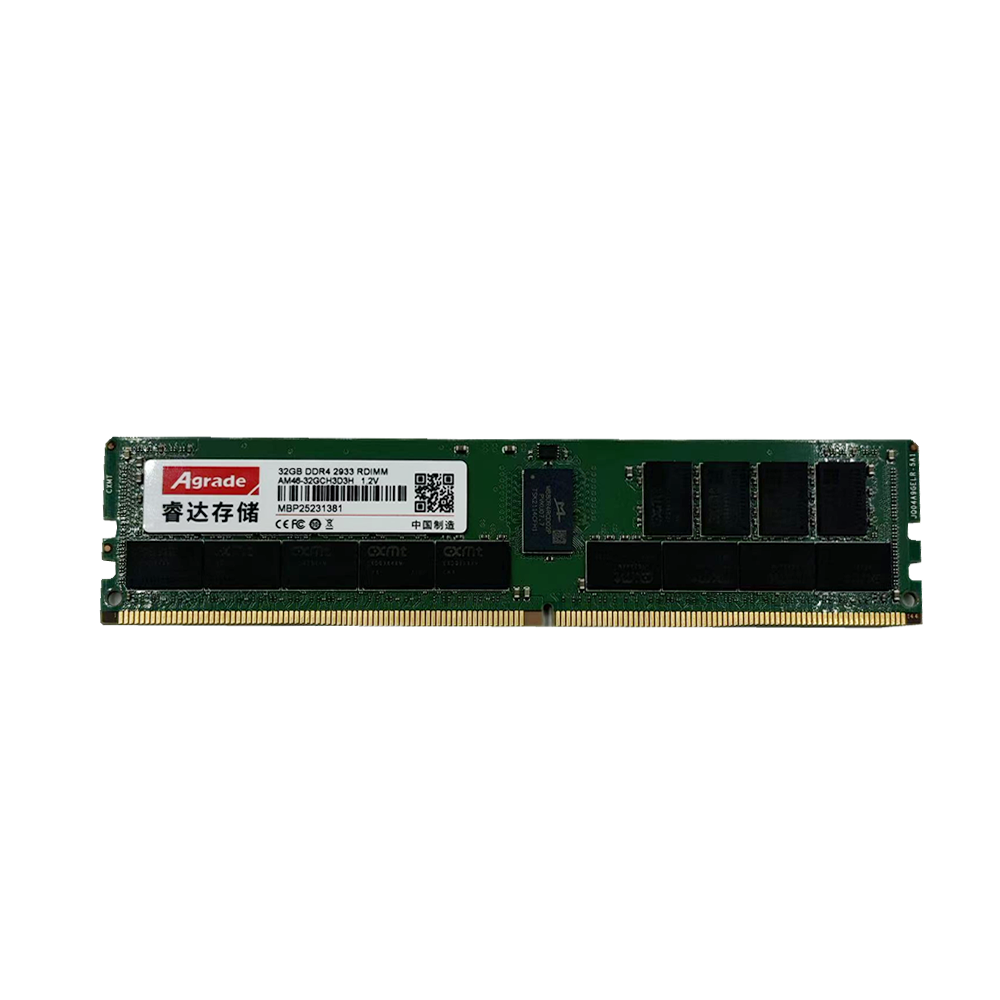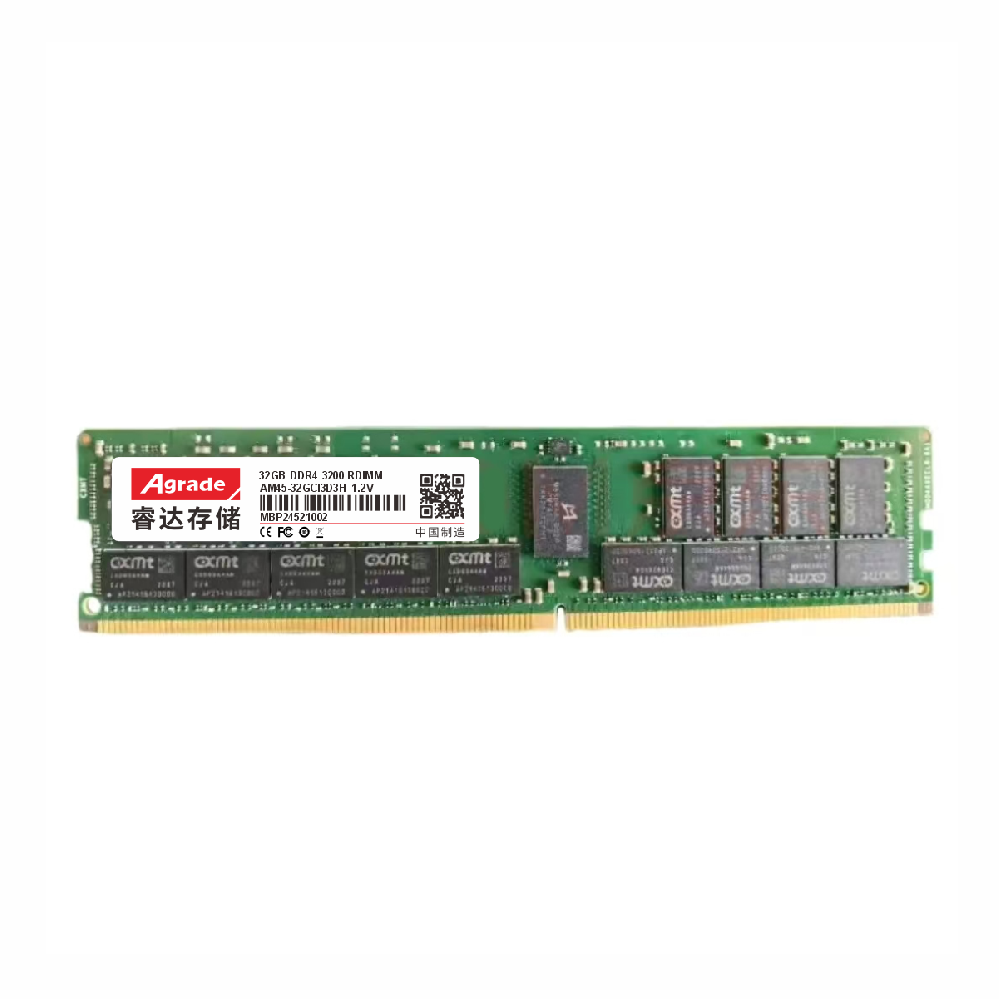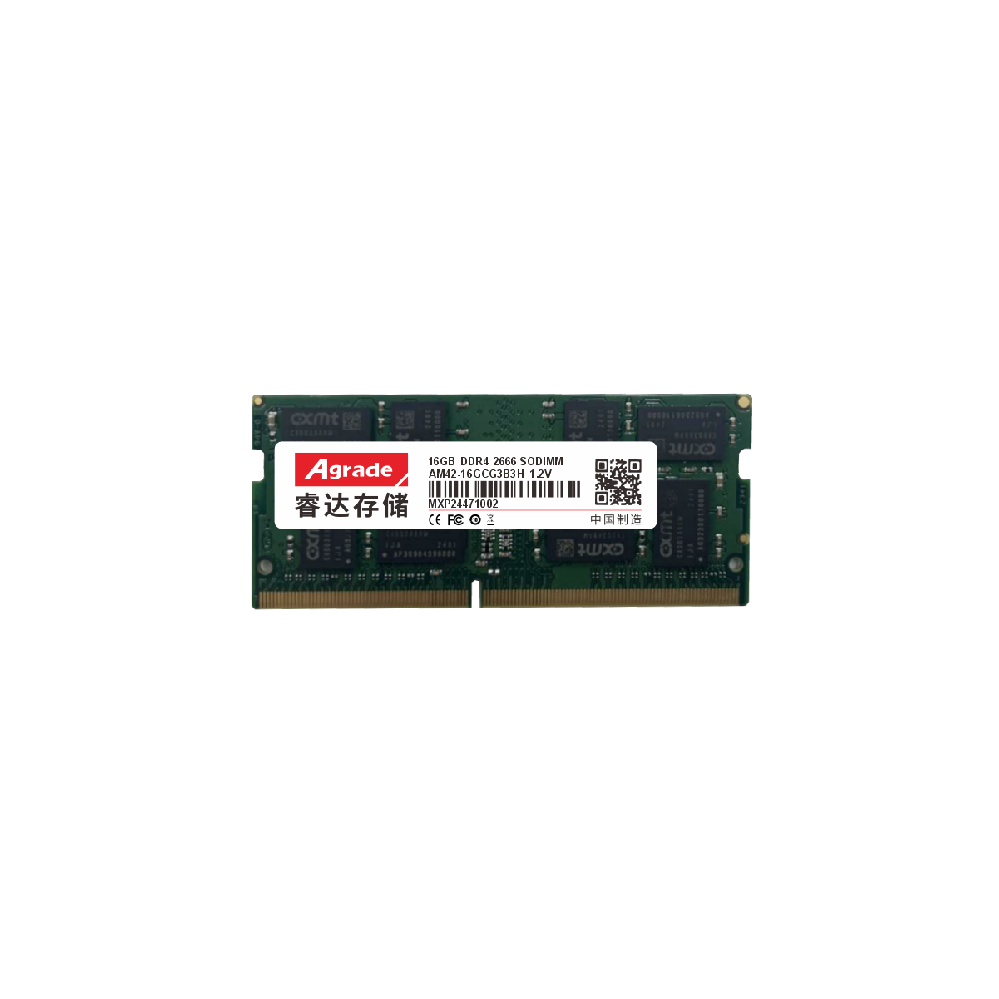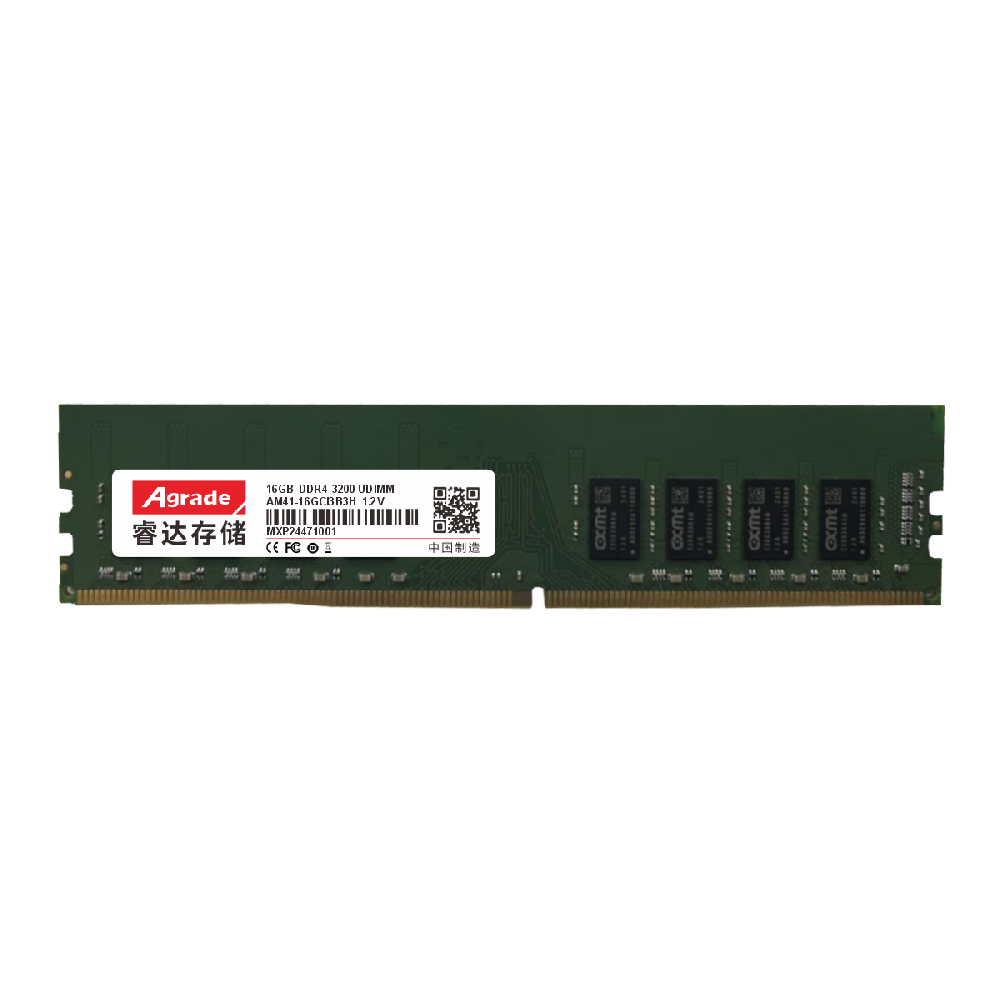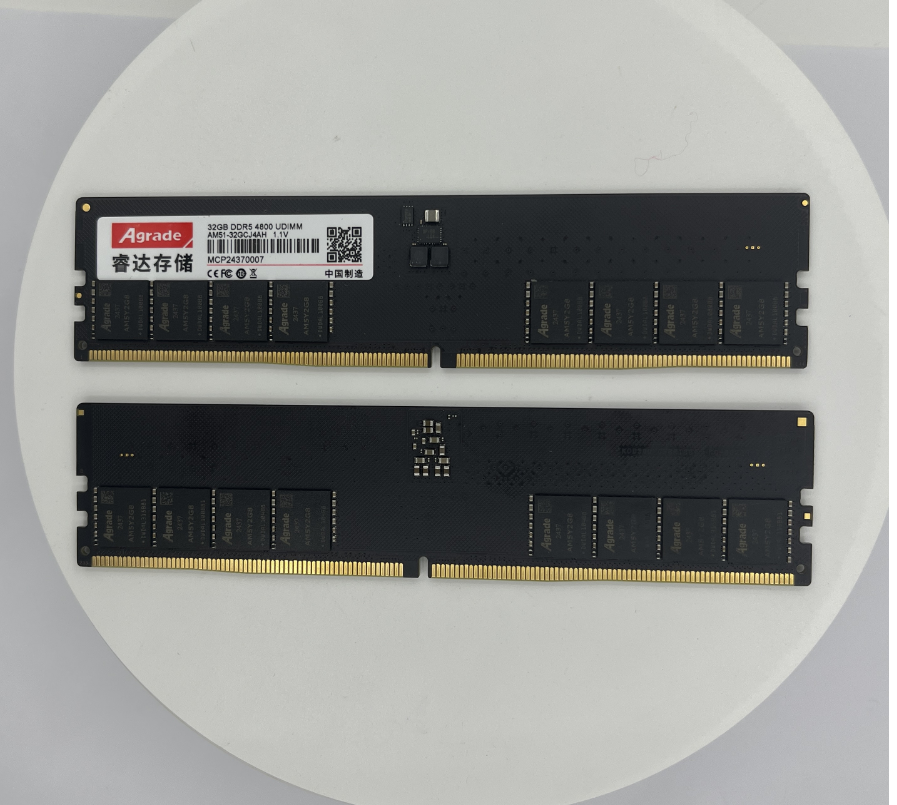

News
 电商部
电商部  2025-10-13 18:11:03
2025-10-13 18:11:03 M.2 2280 vs M.2 2242 SSDs: Performance and Compatibility Behind the Form Factor
In the selection of M.2 solid-state drives, the 2280 and 2242 are the two most common form factors. Their naming stems from their physical dimensions: 22mm in width and 80mm in length for the 2280, and 22mm in width and 42mm in length for the 2242. While the difference in length appears minor at just 38mm, it directly impacts capacity, heat dissipation, compatibility, and suitability for use. This article will provide an in-depth analysis of their core differences.
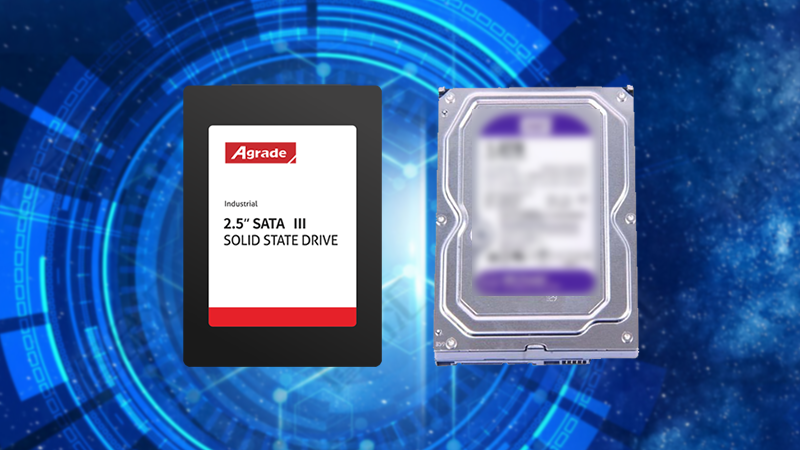
1. Physical Dimensions and Spatial Compatibility
2280: With a total length of 80mm, it is the standard size for desktop motherboards and most laptops. The larger volume allows for more flash memory chips or independent cache chips, with common capacities ranging from 512GB to 4TB.
2242: Measuring just 42mm in length, it is specifically designed for compact devices such as ultrabooks, NUC mini PCs, or PS5 gaming consoles' expansion slots. Some models achieve high capacity through stacking technology, but this places greater thermal stress.
Compatibility Note:
The slot must match the length (e.g., a 2280 slot may be compatible with a 2242, but the screw hole positions must be confirmed).
Some devices only support single-sided particle SSDs (e.g., MacBook Air), and the 2242 often adopts a single-sided design due to space constraints.
II. Differences in Performance and Thermal Design
2280:
Advantages: More space for integrating heat sinks or graphene thermal pads, suitable for high-performance PCIe 4.0 SSDs (e.g., Samsung 980 PRO) under prolonged high-load operation.
Expansion Potential: Supports double-sided particle design, making it easier to achieve high capacities (e.g., 2TB/4TB).
2242:
Performance Bottleneck: Due to size constraints, certain models may employ low-power controllers or simplified cooling, resulting in sustained read/write speeds potentially lower than those of equivalent 2280 SSDs.
Cooling solution: Relies on the motherboard heat sink or passive cooling, with high-performance models potentially throttling to protect data.
III. Pitfall Avoidance Guide
Protocol Matching: Confirm whether the motherboard supports PCIe/NVMe (advantage of 2280) or is only compatible with SATA (2242 may be more suitable for older devices).
Thickness inspection: The double-sided particles 2280 may not be installable in ultra-thin laptops due to excessive thickness.
Shared bandwidth: Some motherboard M.2 slots share the same channel as SATA interfaces, and inserting a 2280 SSD may cause the SATA port to malfunction.
Conclusion
Choosing an M.2 SSD essentially involves balancing performance, capacity, and device space. The 2280 is the preferred option for those seeking ultimate speed and large capacity, while the 2242 offers a flexible expansion solution for compact devices. Before upgrading, always verify the dimensions, protocols, and thermal support in the device manual to avoid performance degradation due to physical or electrical incompatibilities.






